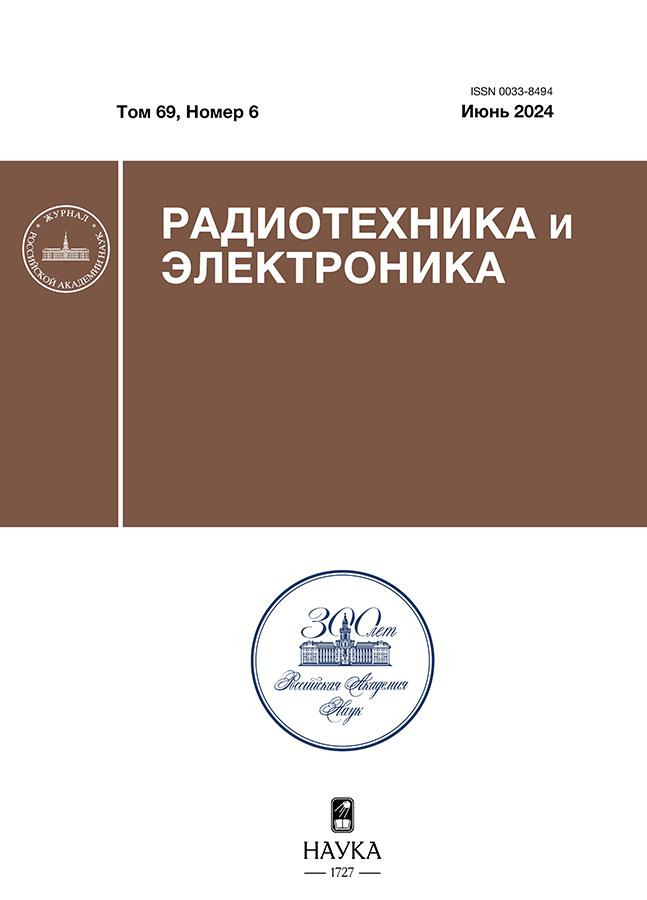Synthesis and analysis of an aplanatic mirror-lens system with axial symmetry
- Авторлар: Venetsky A.S.1, Kaloshin V.A.1, Tuan T.2
-
Мекемелер:
- Kotelnikov Institute of Radio Engineering and Electronics RAS
- Moscow Institute of Physics and Technology (National Research University)
- Шығарылым: Том 69, № 6 (2024)
- Беттер: 533-540
- Бөлім: ELECTRODYNAMICS AND RADIO WAVE PROPAGATION
- URL: https://gynecology.orscience.ru/0033-8494/article/view/650661
- DOI: https://doi.org/10.31857/S0033849424060042
- EDN: https://elibrary.ru/IKDFWS
- ID: 650661
Дәйексөз келтіру
Аннотация
The problems of synthesis and analysis of an axisymmetric aplanatic mirror-lens system that transforms the spherical front of a source into a flat one are considered. Two methods have been developed for solving the problem of synthesizing the system’s generatrices: using a numerical procedure and the Kelleher formula, and also by reducing it to a differential equation with a retarded argument. Formulas are obtained for the eikonal in the aperture of the system when the source is displaced from the focus. The dependence of the mean square aberration of the eikonal on the system parameters has been studied and their optimal values have been found.
Негізгі сөздер
Толық мәтін
Авторлар туралы
A. Venetsky
Kotelnikov Institute of Radio Engineering and Electronics RAS
Хат алмасуға жауапты Автор.
Email: red@cplire.ru
Ресей, Mokhivaya Str. 11, build. 7, Moscow, 125009
V. Kaloshin
Kotelnikov Institute of Radio Engineering and Electronics RAS
Email: red@cplire.ru
Ресей, Mokhivaya Str. 11, build. 7, Moscow, 125009
Trinh Van Tuan
Moscow Institute of Physics and Technology (National Research University)
Email: red@cplire.ru
Ресей, Institutskii Lane 9, Dolgoprudny, Moscow region, 141700
Әдебиет тізімі
- Schmidt B. //Centralzeitung fur Optik und Mechanik. 1931. V. 52. № 2. P. 25.
- Максутов Д. Д. Астрономическая оптика. 2-е изд. Л.: Наука, 1979.
- Михельсон Н. Н. Оптика астрономических телескопов и методы ее расчета. М.: Физматлит, 1995.
- Калошин В. А., Фролова Е. В. // Журн. радиоэлектроники. 2015. № 12. http://jre.cplire.ru/jre/dec15/19/text.pdf.
- Kelleher K. S.// J. Appl. Phys. 1950. V. 21. № 6. P. 573.
Қосымша файлдар



















